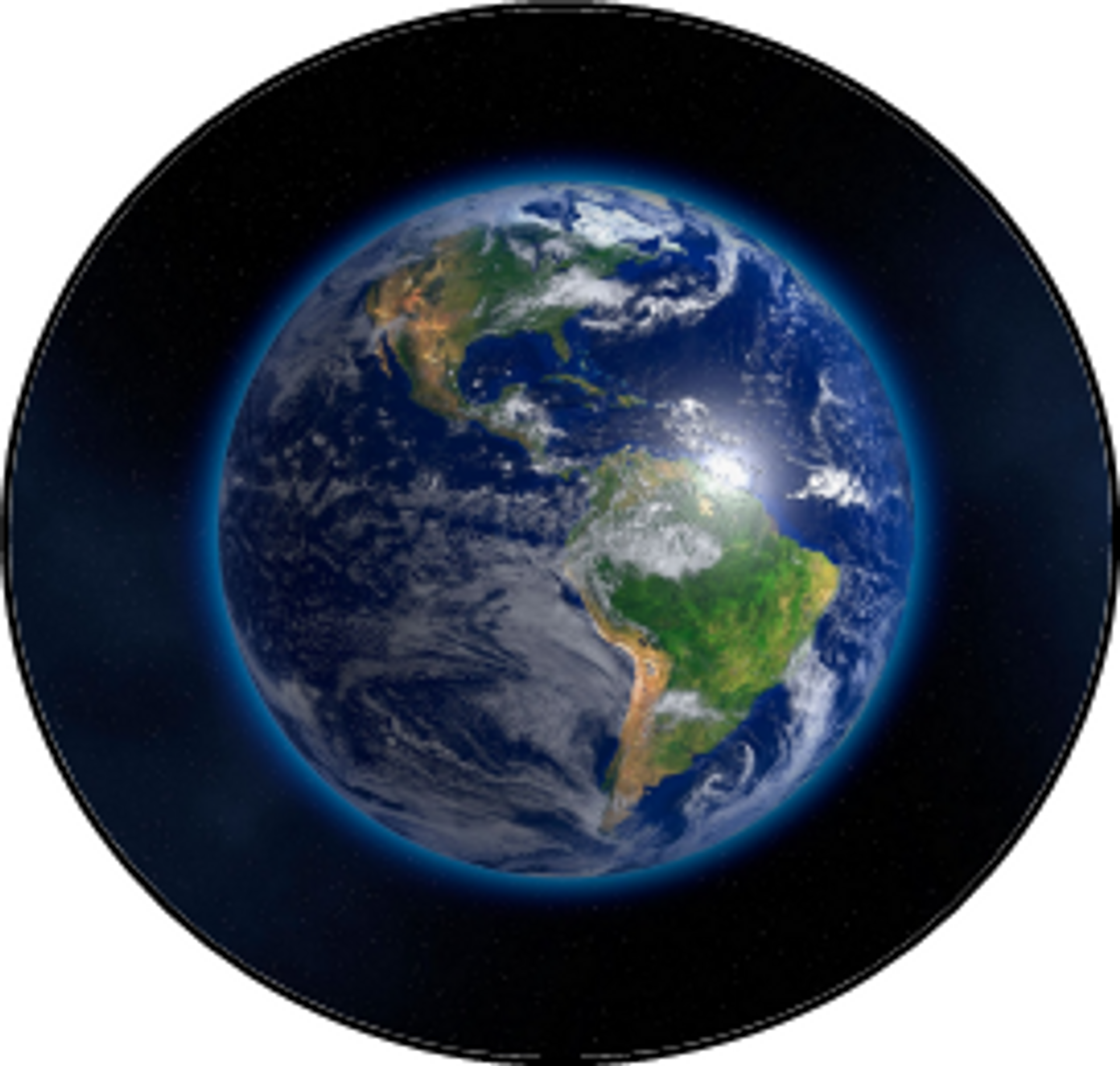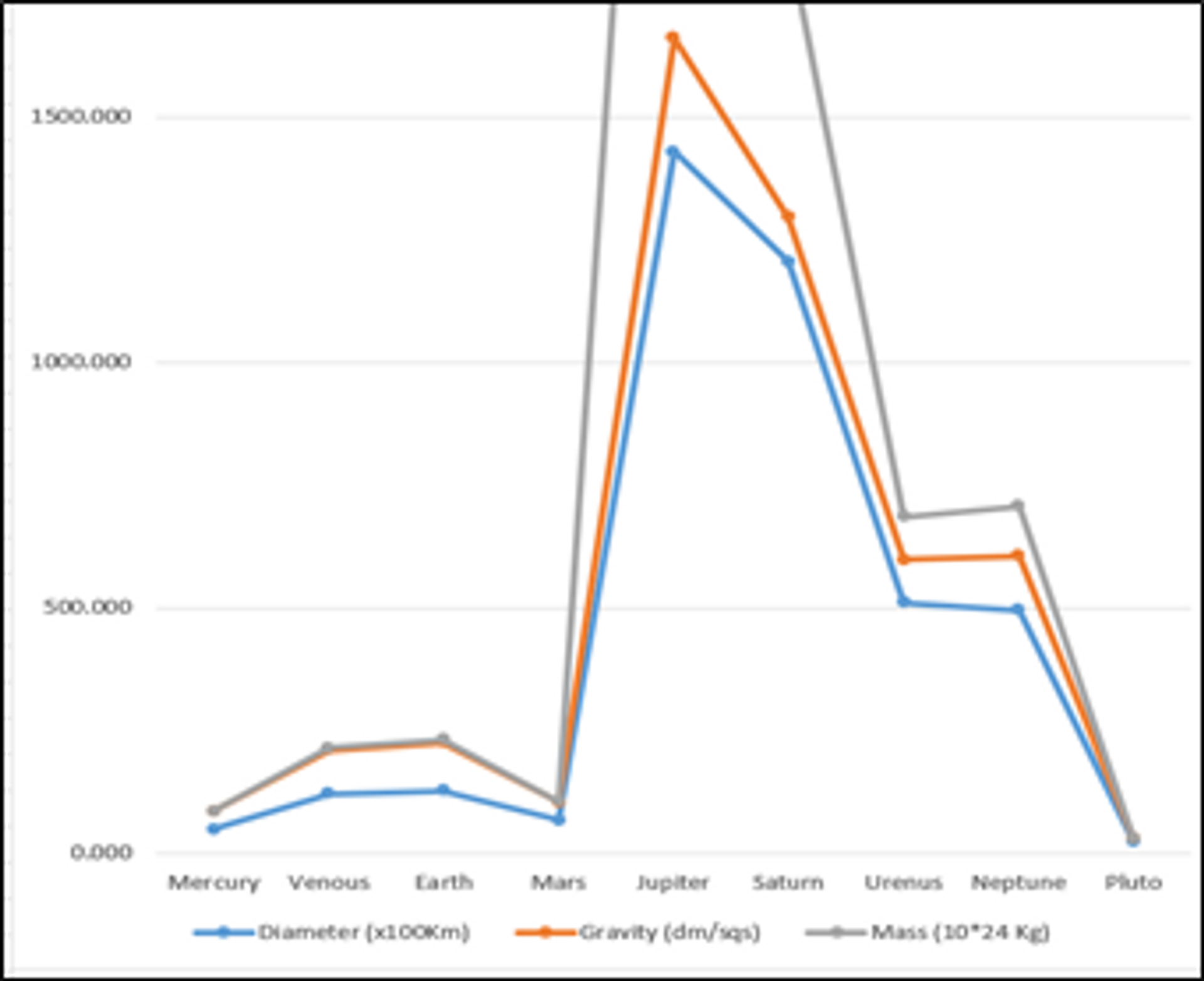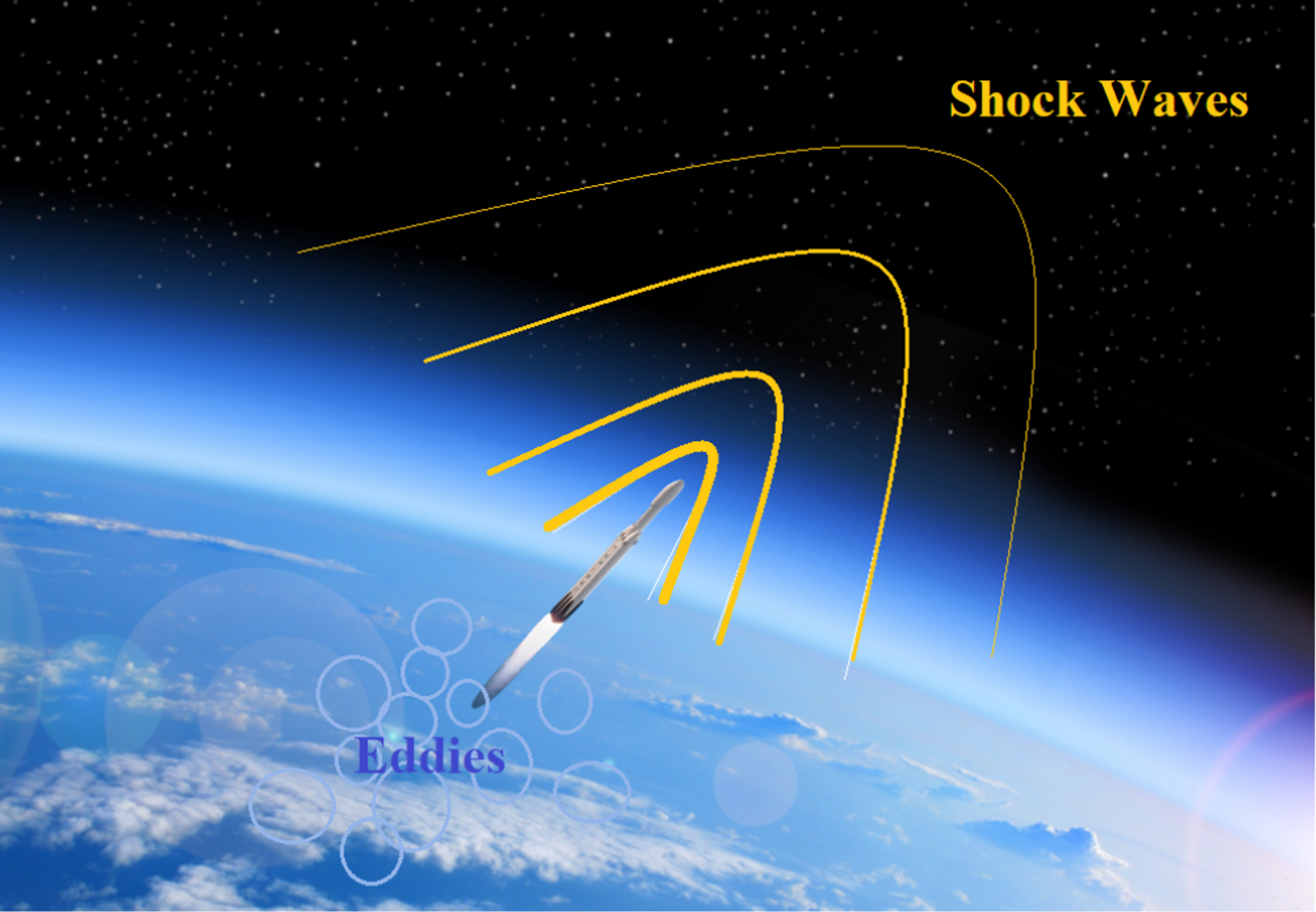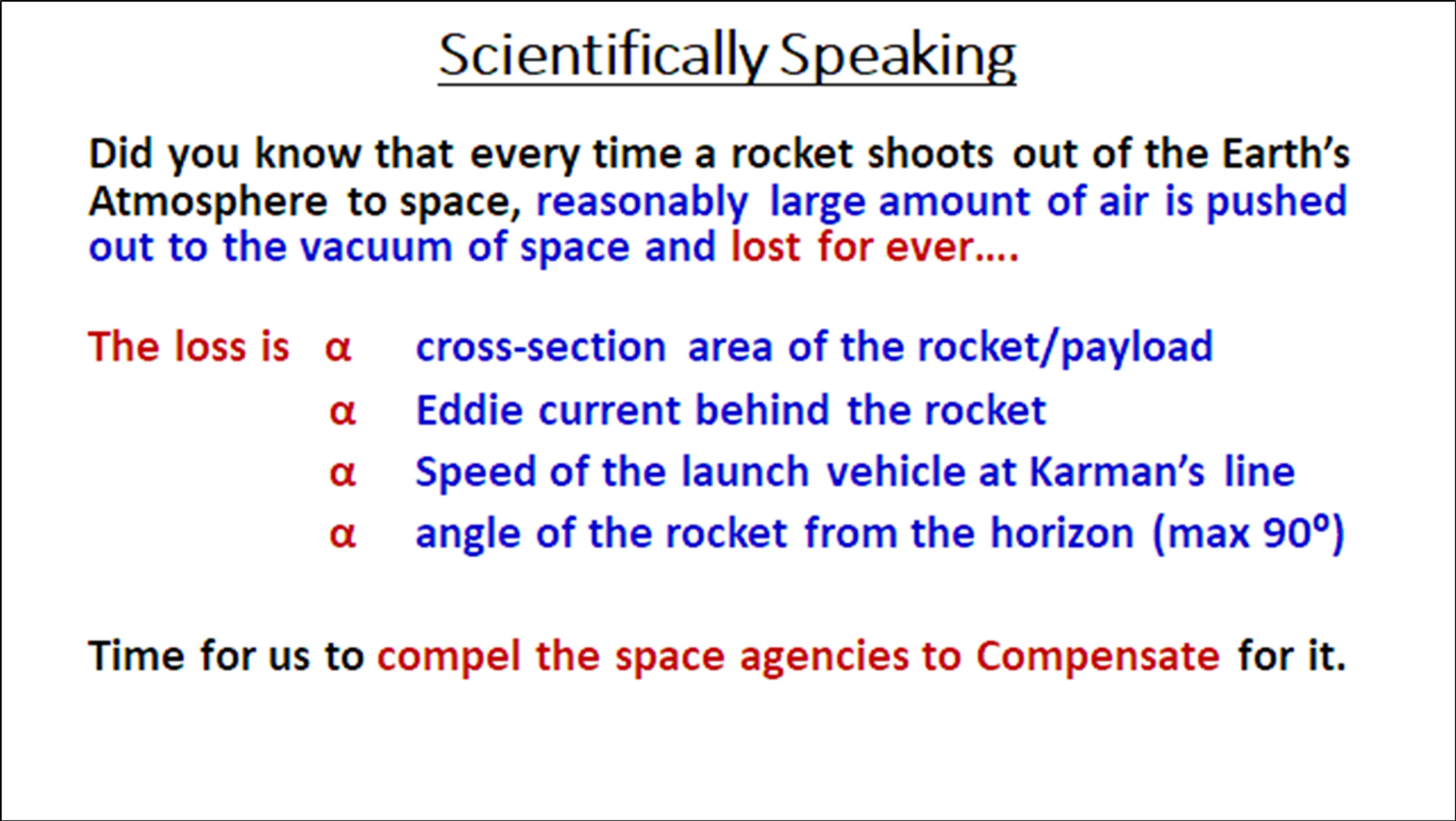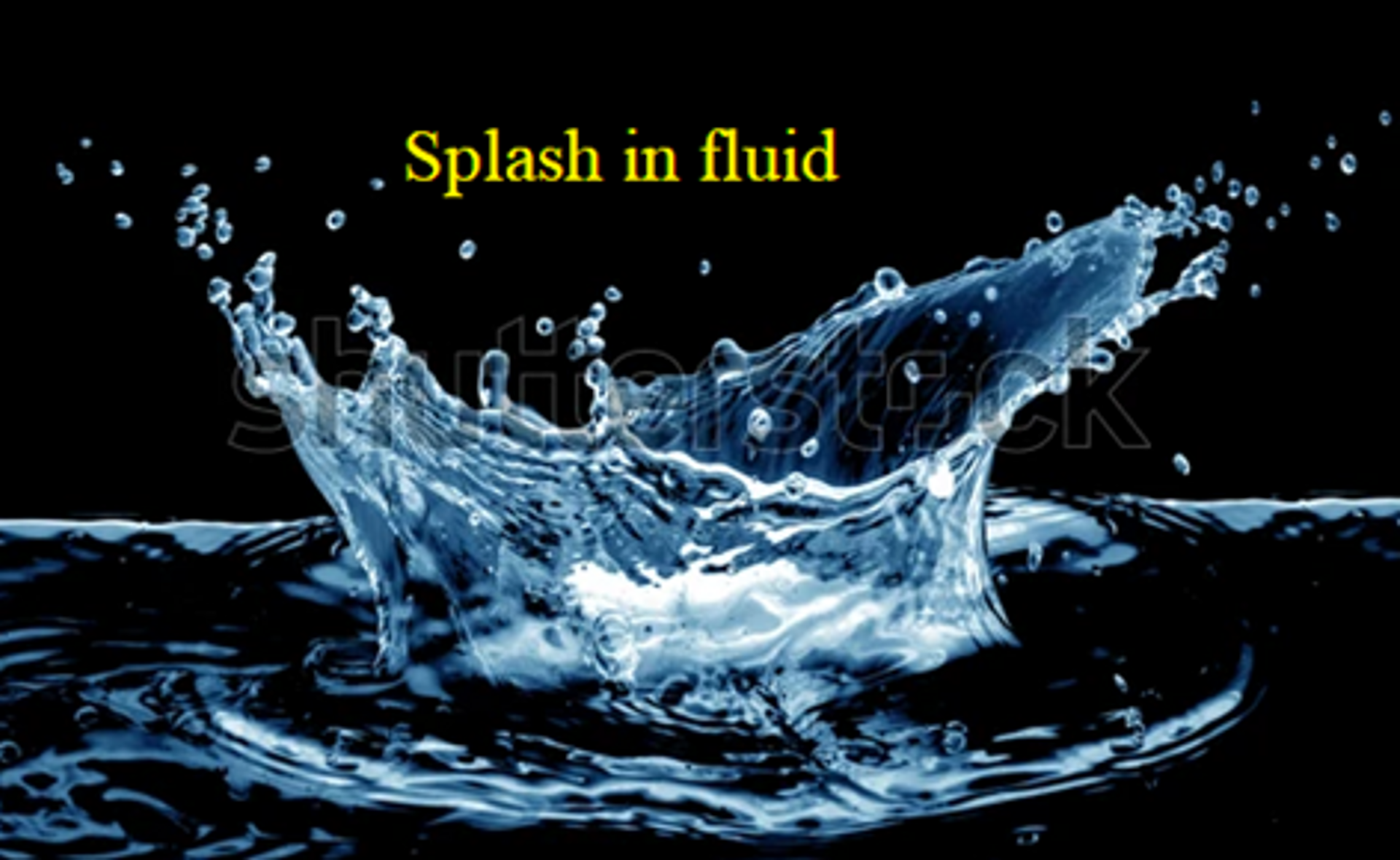
Massive Shock Waves of Space Launches : Big Threat to Atmosphere
Introduction
To the best of our knowledge, the Earth is the only planet in our Solar System that supports Human Life. Actually, it is not the human alone, but it supports all forms of life and Life Building Blocks, the live cells of plants and animal origins. Mythological vernaculars in our olden books mention that the numerous forms of living beings are made up of just five basic elements…Earthen soil, water, fire, air and the cosmos. The five elements in optimum proportions that may be conducive for life, exist only on our planet Earth. With optimum proportions, we understand that our soil has all those elements and compounds essential for forming and sustaining a life-being. Water is an absolute necessity. Fire (or the environmental temperature) need to be just enough that life can sustain and grow. Air is available in optimum pressure and composition (having Oxygen) that life can sustain. Last but not the least, our body or the entire live-being on the Earth are also having the cosmic elements…be that gravity, Sunlight, radiations and other invisible forces incl spiritual elements, our souls.
The Concerns
The intention of this article is not to dwell or argue over the correctness of the “Panch-Tatva (five elements)” as the genesis of life but how to keep our environmental system esp the atmosphere intact. Environmentalists the world over are much concerned about the rising temperature of our planet and rightly so. Many movements have been started by the 'Climate activist' groups. There have also been concerns of the depleting ozone layer causing harmful radiations to penetrate to the surface of Earth in addition to the toxicity caused by the exhaust gasses. However, we seem to be selectively indifferent to the harm inflicted to the Earth's 'Atmospheric Blanket' by the various rockets launched into space, especially the larger and wider ones. All superpowers and space agencies involved with space explorations would like to see these issues swept under the carpet for as long as possible. Meanwhile, every future launch of the heavy rockets of SpaceX, China and Roscosmos will continue throwing out large chunks of our precious atmosphere into the vacuum of Space.
Scientists have started getting a basic understanding of the science of our planet. Our atmospheric cover is a fine balance among Earth’s gravity, its soil/crusts, its magnetic shield, the surface temperature, Solar energy and the vacuum of space. The gravity that retains the atmospheric blanket around, has several variables. Earths’ mass, density, diameter, gravity, rotation, magnetic field, surface temperatures…all may be relevant in the holding of the atmospheric blanket. The farther and higher the extent of the atmosphere, the greater could be the losses. Our soil must be having the enormous capability to replenish the lost air into space. Its magnetic field shields the atmosphere from the ablative solar and galactic flares as well as protects our lives from the harmful radiations. Its temperature has the potential to outward expand the atmosphere increasing its losses into the vacuum of space.
It is claimed and believed by many scientists that ~90 tons of atmosphere is lost to space daily. These many tons of air must be replenished by earth daily otherwise, the total mass of air, atmospheric pressure in turn, would have shrunken by now to nought over the billions of years of the existence of Earth; and atmospheric pressure would have gradually depleted. In the recent many centuries since when scientific measurements have come into force, no discernible drop in pressure has been recorded. Hence, the atmosphere lost in the vacuum of space must be continuously been either replaced or regenerated by the soil/crust of the Earth having all its components incl nitrogen, oxygen, water vapour, carbon dioxide and other trace gasses. If that be so, it has to be at the cost of its continuously depleting mass of the crusts/soil/water. If the mass of the Earth depletes, its gravity will also deplete. Whether that is happening, we really don’t know for sure, possibly not. We don’t have millennia of gravity or atmospheric pressure data to compare with. However, there is another scientific postulation that nearly the same quantity of dust and atmosphere is trapped by Earth while orbiting the Sun. That may be the reason why there is no distinct mass depletion BUT many questions remain unanswered on the mechanics of maintaining the net sum mass.
What holds Atmosphere to Earth?
What holds the atmosphere to the surface of the Earth is very difficult to say. It could be gravity but then… near similar gravity of some other planets have highly disproportionate atmospheric pressures. Could it be the magnetic field of the Earth that has significant protection against atmospheric losses? Possibly yes. There are also theories that the hydroxyl bonds in air retain the atmospheric blanket. But what about the atmospheric pressure? Is it only the function of the column of air under gravity? Could it be the composition of the gasses that determine atmospheric pressure? The Earth Scientists and Physicists may tell us for sure. The lesser the capacity of the Earth to hold the atmospheric blanket firmly (for whatever reasons), the greater will be loss of air into the vacuum of space. Besides, many cosmic events may also ablate the atmospheric blanket around our planet.
The relationship among various parameters of the planets in the Solar system also seems to be very mysterious, defying some of the known logic; or maybe we know very little to comprehend the cosmic science and events applicable in them. The atmospheric pressure on planets do not seem to be universally related or applicable to the parameters of diameter, mass, density, gravity, temperature, rotation and so on as could have been expected. Most of us tend to apply the scientific logic of gravity and to the Atmospheric pressure but as can be seen in the table below, it is not. Otherwise, Venus, Saturn and Uranus could have had similar or comparable atmospheric pressures as that of Earth as shown in the table below. Planetary rotations of the planets are shown in red, represent counter-clock (to Earth) west-ward rotation. There is just one correlation of planetary parameters that is apparent, in their mass, diameter and gravity as shown in the graph opposite that follows a similar trend
Atmosphere and Atmospheric Pressure
It would have been reasonable to relate the presence and quantum of atmospheric pressure to be directly proportional to the size, mass, gravity and magnetic fields (Venus has no magnetic field but has 92 bar of Atm pressure). Rotation and surface temperature of the planet too could have an impact on the atmosphere but it is not. The greenhouse effect may have different effects… one being the expansion of the atmosphere as per Charles law from where gaseous losses into space could become easier.
It must be remembered that there is a very fine balance between our atmospheric pressure and the vacuum of space. One bar of atmospheric pressure at the surface of the Earth keeps gradually decreasing with altitude and the pressure drops to near zero at the imaginary Karman's line, the boundary of the Space. At those altitudes, there are no pressure gradient between the extremely thin atmosphere and Space that could push out the precious air which is in molecular forms, in random motions. Fewer molecules gaining kinetic motions for various reasons do escape. Some literatures mention ionic forms of some elements acquiring extremely high velocities which if oriented away from Earth, may escape into Space. However, for some reason, if a transient pressure is created at those altitudes, it could ablate a significant of atmospheric air into the vacuum of space. The transient pressure could be created by the 'Shock Waves' of the rocket launches at very high speeds that this article intends to highlight upon.
Atmospheric ablation of Shock Waves & Splash effects
The creation of shock waves may have a direct impact on partial ablation of the atmosphere. In this regard, most if not all rockets propelling towards space, have enormous shock waves and Eddies that could push out varying quantities of atmospheric gases in to the vacuum of space. Among the gases lost, damage to the ozone layer could be the most damaging observation hitherto invisible. It may come as a shock, as a bolt from the blue if scientists or some satellites (such as Copernicus Sentinel) find a wide gaping hole in the ozone layer. There could be other reasons too in this phenomenon. The extent of the shock-waves and the eddies are directly proportional to the maximum cross-section area of the rocket-payload combination, the speed of the rocket at Karman’s line, the angle of the rocket and the Eddie-current formed behind it. For these reasons, heavy / super-heavy rockets pose a much greater threat to our atmospheric cover. Fluid dynamics in the upper atmosphere dictates through Knudsen numbers. Even if a small fraction of the shock waves translates into pressure waves, a substantial quantity of atmosphere is bound to be ablated into the vacuum of space. Besides, heavy rockets also pollute the environment a lot with highly toxic exhaust gases. Worse, from a greenhouse point of view, much of these greenhouse gasses remain afloat in the 'reverse temperature zones' of the Stratosphere and Thermosphere, thus causing a reasonably prolonged phase of temperature rise (read “Climate Change: Some Divergent Views”, https://thecounterviews.com/articles/climate-change-some-divergent-views/). However, let us come back to the issue of the Shock waves created by the massive rockets.
There are some agencies that occasionally study the impacts of Space rocket launches, to the atmosphere. In one such study, a Falcon 9 rocket of SpaceX was detected to have created a Shock wave of the size of 4 times of the State of California in the upper atmosphere. That must have been huge. The atmospheric losses into the vacuum of space must have been huge. Environmentalists and Earth-Scientists and activists the world over should rightly get alarmed with such impacts of Space launches. One may only guess the impacts of heavier rocket launches by the Chinese (their Long March rockets) and SpaceX (Starlink). Larger shock-waves created below the Karman's line will be more dangerous to the atmosphere as that will push out (ablate) larger air mass as compared to the shock-waves above it.
Similarly, any significant mass of cosmic or man-made objects hitting the upper atmosphere at very high speeds could have Splash effect on the atmospheric fluid. Cosmic objects like comets or meteors hitting the upper atmosphere or even rockets, missiles and spacecraft making the atmospheric re-entry at phenomenal speeds of 15-30 Mach, are capable of splashing out a significant amount of atmosphere lost forever into the vacuum of space.
Atmospheric losses due to Shock waves and Splash Effects are something that takes place due to every rocket, spacecraft and ballistic missile launches during its ascent or atmospheric re-entry. It must be making dents and holes in our protective atmosphere that not many people or agencies are talking about. The author of this article is certainly naïve in the complex subject of Earth Science but the questions raised are genuine that every terrestrial inhabitant will be concerned about. Since there is no penalty clause on environmentally damaging space launches, the offenders are going scout-free.
Remedies
While Space Exploration is essential for the betterment of life and the overall growth of science, it must have some checks and balances too to prevent damages to our precious atmosphere. The example of such an effort could be those of Climatic changes and world effort in preventing it. While gradual efforts are being made by some agencies like SpaceX and ISRO to go green on the toxic fuel, damages to the Ozone layer is dependant to the shock waves.
The speeds of the rockets below Karman’s line are surely in the hands of the designers/scientists. If this speed could be reduced to sub-sonic levels, the Sock wave will not form and hence, any damage to the Atmosphere could be prevented. This surely will put an additional burden on the rockets to accelerate to orbital velocities after exiting the atmosphere. That will be a smaller price to pay. The reusable first stage could still work and return safely but the second stage burn will have to be longer to achieve either orbital or escape velocities as the case may be. All Space agencies and their regulators may like to lay down strict regulations in this regard.
Conclusion
While environmentalists the world over are rightly concerned about the climate changes, very few are aware of the multiple holes that the heavier and mightier rockets and missiles are drilling in our atmosphere as explained above. Every rocket heading to space are presently pushing out a large mass of air due to Shock waves. Similarly, Splash effects also cause atmospheric losses. There are ways and means to minimize such losses. Time has come when all activists of the environment must come together and take effective steps unitedly so as to make our Earth, the only inhabitable planet to the best of our knowledge in the cosmos, a safer place to live. None should be allowed to damage the atmospheric cover of the Earth.

